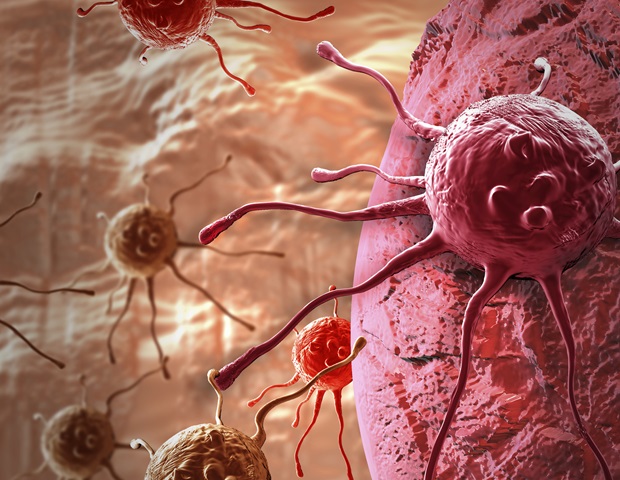
Cancer cells can dismantle the protective layers surrounding nerves, leading to nerve injury that triggers chronic inflammation, immune exhaustion, and eventual resistance to immunotherapy. This revelation comes from new research conducted by The University of Texas MD Anderson Cancer Center, published today in Nature.
The study highlights the critical need to explore interactions between cancer and the nervous system, a burgeoning field known as cancer neuroscience. Researchers suggest that by targeting the signaling pathways involved, it may be possible to reverse inflammation and enhance treatment responses.
Unveiling Tumor-Neuro-Immune Dynamics
These findings shed light on novel mechanisms through which the immune system and nerves within the tumor microenvironment interact. The research identifies actionable targets that could revolutionize approaches to overcoming resistance to immunotherapy in cancer patients. According to Moran Amit, M.D., Ph.D., co-corresponding author and professor of Head and Neck Surgery, this marks a significant advancement in understanding tumor-neuro-immune dynamics.
“This research underscores the importance of investigating the interplay between cancer and neuroscience in ways that can directly impact clinical practice,” said Dr. Amit.
Cancer’s ability to infiltrate the space around nerves, a process known as perineural invasion, often results in poor prognosis and necessitates more aggressive treatment in various cancer types. However, the impact of this invasion on the immune system has remained largely unexplored until now.
The Role of Perineural Invasion
The study, co-led by Neil Gross, M.D., professor of Head and Neck Surgery, and Jing Wang, Ph.D., professor of Bioinformatics and Computational Biology, delved into the role of perineural invasion and cancer-associated nerve injury in relation to the development of immunotherapy resistance. This resistance is commonly observed in patients with squamous cell carcinoma, melanoma, and stomach cancer.
In collaboration with the immunotherapy platform, part of the James P. Allison Institute, the research team analyzed trial samples using advanced genetic, bioinformatic, and spatial techniques. They discovered that cancer cells degrade the protective myelin sheaths covering nerve fibers, and that injured nerves initiate their own healing through an inflammatory response.
Chronic Inflammation and Immune Exhaustion
Unfortunately, this inflammatory response becomes a chronic feedback loop. As tumors grow, they repeatedly damage nerves, which then recruit and exhaust the immune system, fostering an immunosuppressive tumor microenvironment that leads to treatment resistance. The study demonstrated that targeting the cancer-induced nerve injury pathway at different points can reverse this resistance and improve treatment outcomes.
“Targeting these pathways could transform how we approach resistance to immunotherapy in cancer patients,” the study suggests.
Importantly, the authors emphasize that reduced neuronal health is directly associated with perineural invasion and cancer-induced nerve injury, rather than a general cancer-induced effect. This highlights the necessity of studying cancer-nerve interactions as potential contributors to cancer progression.
Implications for Cancer Treatment
As part of MD Anderson’s Cancer Neuroscience Program, researchers are investigating various scientific themes, including neurobiology, brain and spine tumors, neurotoxicities, and neurobehavioral health. Their aim is to understand how the nervous system and cancer interact and how these interactions affect patients throughout their cancer journey.
This multi-institutional study represents a global collaboration between MD Anderson, Brigham and Women’s Hospital, the University of Michigan, Moffitt Cancer Center, and Queens University. The research was supported in part by the James P. Allison Institute and the Cancer Neuroscience Program at MD Anderson.
The findings open new avenues for research and treatment strategies, emphasizing the need for a multidisciplinary approach to tackle the complex interplay between cancer and the nervous system. As the field of cancer neuroscience continues to evolve, these insights may pave the way for more effective therapies and improved patient outcomes.







